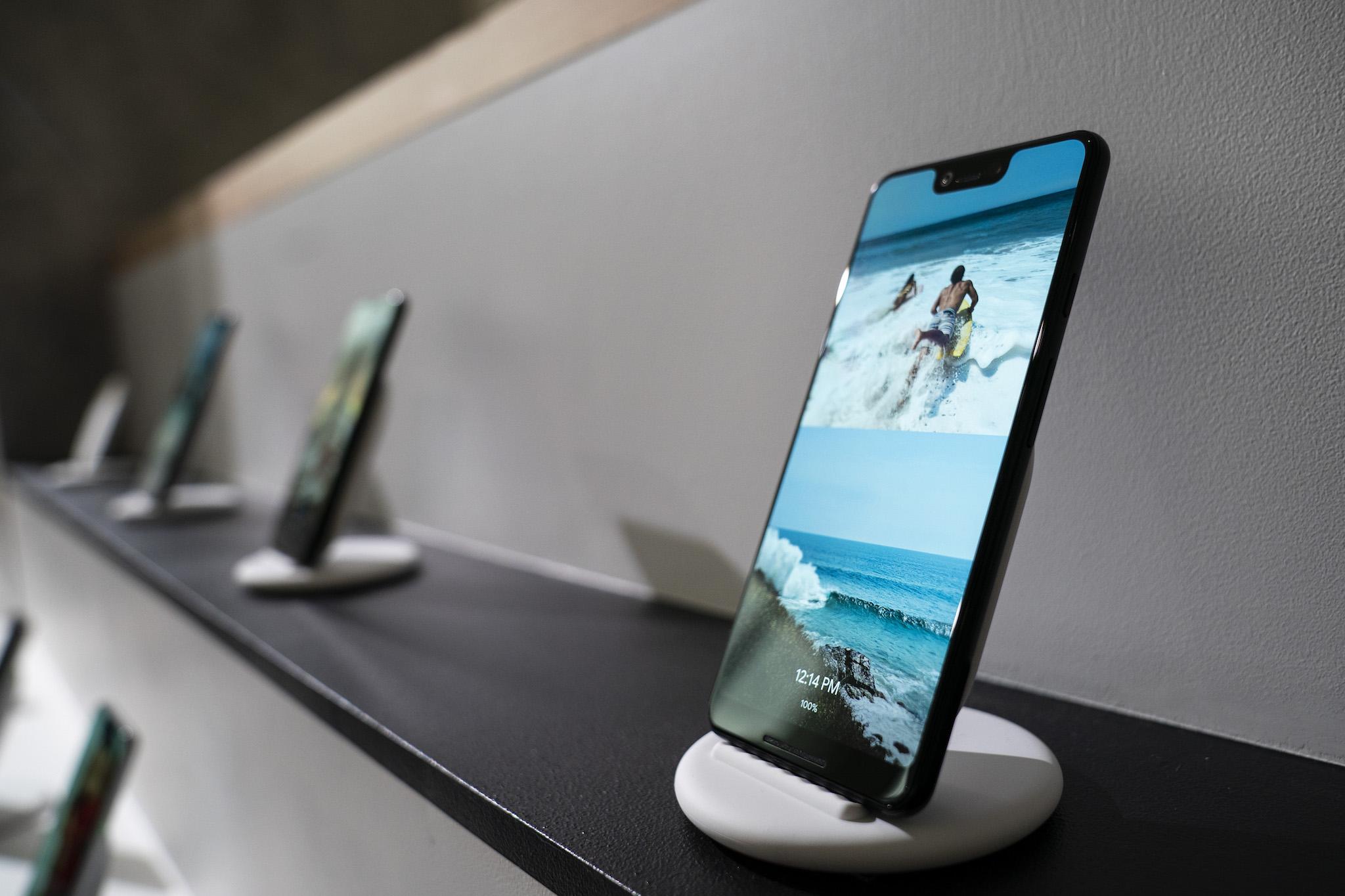Android 11: Google reveals beta software with new features for messaging and music
Google is also making it easier for users to deal with all their notifications and privacy permissions

Your support helps us to tell the story
From reproductive rights to climate change to Big Tech, The Independent is on the ground when the story is developing. Whether it's investigating the financials of Elon Musk's pro-Trump PAC or producing our latest documentary, 'The A Word', which shines a light on the American women fighting for reproductive rights, we know how important it is to parse out the facts from the messaging.
At such a critical moment in US history, we need reporters on the ground. Your donation allows us to keep sending journalists to speak to both sides of the story.
The Independent is trusted by Americans across the entire political spectrum. And unlike many other quality news outlets, we choose not to lock Americans out of our reporting and analysis with paywalls. We believe quality journalism should be available to everyone, paid for by those who can afford it.
Your support makes all the difference.The Android 11 beta is now available on all Pixel phones, bringing with it tweaks to how it handles notifications, media controls, payment interface, and many more smaller changes.
The beta allows users to access pre-release features on Google's operating system, at the risk of some software bugs.
One of the most important ways that Android has been updated is its notification menu, in an attempt to keep vital conversations separate from the barrage of other pop-ups users receive from every app.
This is done by binning notifications into sections. The first is “Conversations”, which is for messaging apps like Facebook Messenger, WhatsApp, and so on.
This keeps them separate from your other notifications so you can always find the people you're messaging.
The other sections are priority notifications, and silent ones.
Priority notifications will appear in the status bar and on the lock screen, and will always show up at the top of the panel.
Silent notifications, in contrast, will keep the notifications at the bottom of the section, but will avoid your phone buzzing with every message. This is useful for group chats that you need to keep an eye on, but do not require constant attention.
Also, like Facebook Messenger, the “chat heads” feature is now available to any messaging app. These small bubbles float on top of your other apps, so you can quickly access any conversation.
The second most important change is to media controls. Before, these lived separately to the drop-down settings menu, accessible when you swipe from the top of your Android screen.
Now, they’re integrated into that menu, and have greater functionality. Users can now quickly switch audio output from that panel between headphones, your phone’s speakers, and audio devices like the Google Home.
Google has also added a new way to control smart home devices: long-pressing on the power button will bring up controls for your lights or thermometers.
That’s also where Google is keeping credit cards and other payment methods such as Google Pay.
Finally, Google is making a smattering of other updates. Its default keyboard, Gboard, will let you make custom emoji stickers as well as auto-filling content.
You’ll also be able to add new shapes for Android icons to make themes better. Dark Mode will have smoother scheduling options, too.
Android’s permissions are also getting further privacy features. Much like Apple, there will now be a one-time permission button so you can hand over your location data in a particular instance without worrying an app would be tracking you constantly.
Google has been criticised, and sued, for its confusing permissions so it will be interesting to see how this new update affects it.
Finally, Android has a new accessibility update which means your phone now understands what’s on your screen. Users can now control the phone completely with their voice.
Previously, people who could not use the screen would need to say a series of numbers that correspond to digital buttons. When using Twitter, for example, there might be a number one next to the ‘tweet’ button, a two next to ‘cancel’, a three next to the camera icon and so on.
Now, users can simply say “Twitter” to open the app, “scroll down” to scroll, “Home” to go back to the home screen, and so on.
To try out the beta, you’ll require either a Google Pixel 2, 3, or 4 model of phone. However, it is recommended to only install pre-release operating systems on spare devices because of potential bugs.
Should you install and find an issue, you can reset your phone back to Android 10 – but beware, as that may wipe your existing content off your phone.
Join our commenting forum
Join thought-provoking conversations, follow other Independent readers and see their replies
Comments